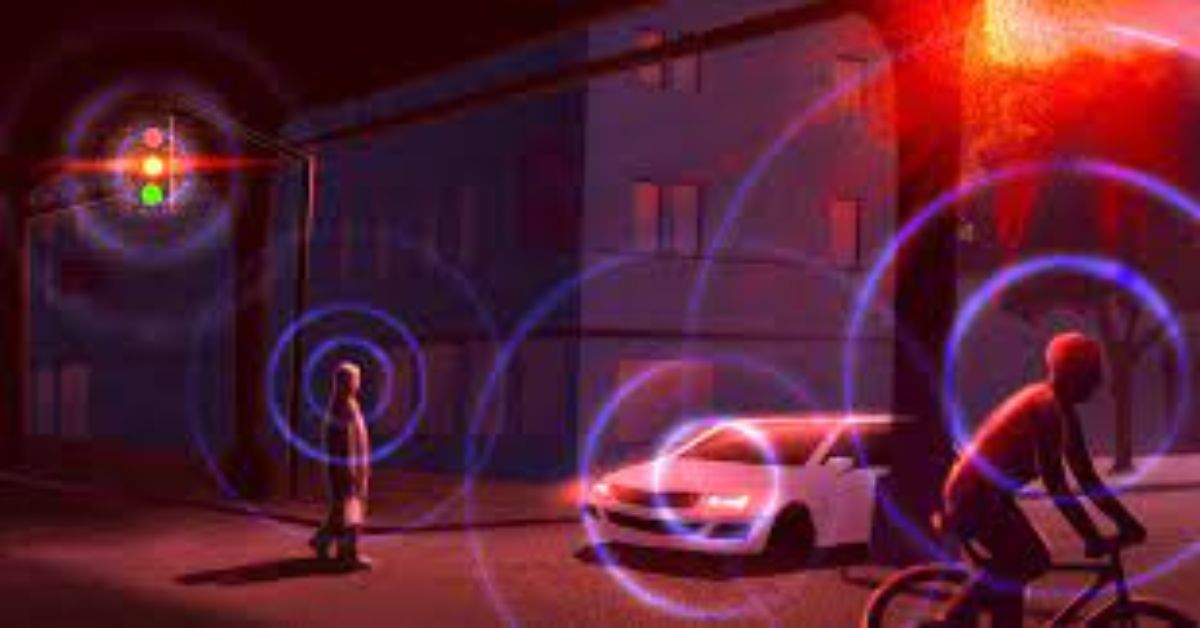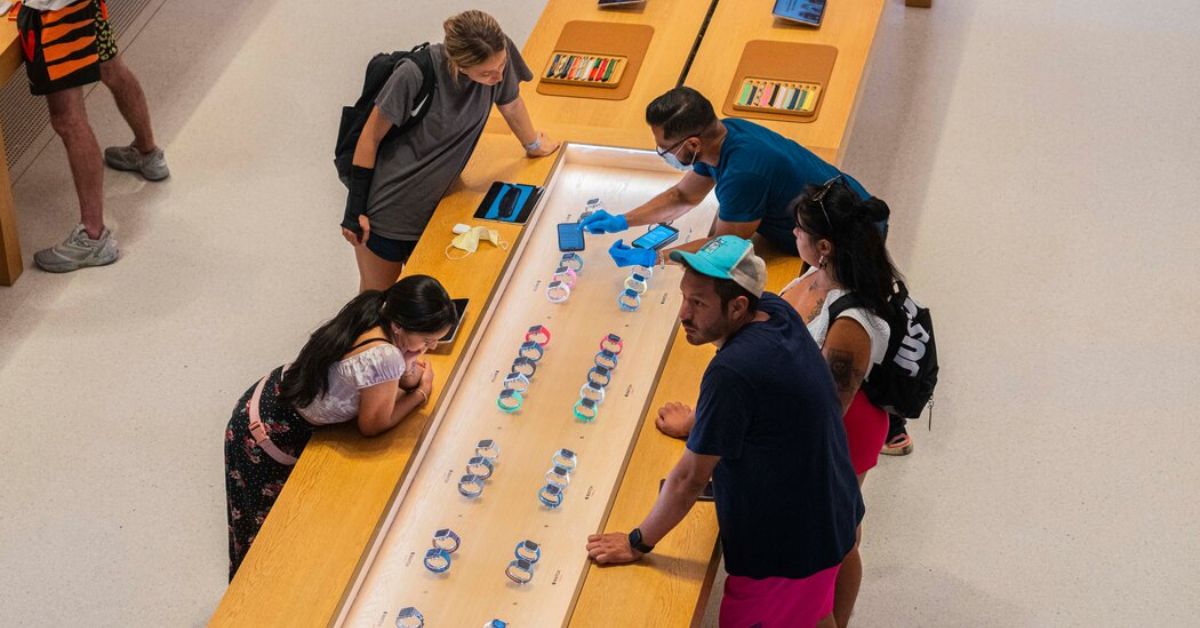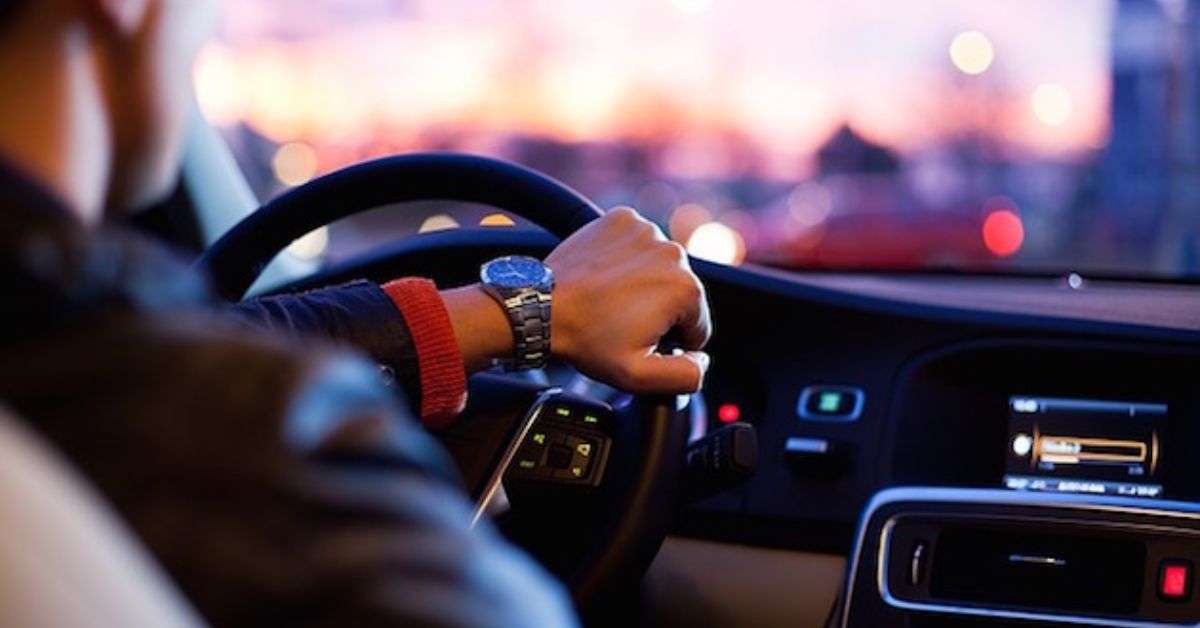This article is part of our Future of Transportation series, which looks at new ideas and problems that affect how we move around the world. Good relationships are built on good communication. But when it comes to cars and their owners, people usually don’t say much.
Except for a few vague warning lights on the dashboard and side mirrors, a few sensor-based sounds in some newer models, and the car horn, drivers have no idea what other cars and people will do.
A dangerous object on the road, two cars about to move into the same lane, or a bicycle coming out of a blind alley could catch a driver off guard. Often, they find out about these things too late, which can be deadly.
But by the end of this decade, many of these surprises are likely to be different. Manufacturers are working on systems called C-V2X, which stands for “cellular vehicle-to-everything technology.” These systems will allow vehicles to talk to each other, pedestrians, cyclists, construction workers (through wearable sensors or smartphones), and road infrastructure, like traffic lights.
With V2X technology, if a car’s sensors or cameras find a pothole in the road, it can let the driver know, giving them time to make a detour. Highway workers will be warned if a car coming towards them is too close. A school bus driver will be told not to let kids off if a car doesn’t stop. And drivers and cyclists will know about each other before a possible crash.
“Active safety features like lane departure warning and passive safety features like seatbelts have made it safer for people inside the car, but deaths outside the car are going up,” said Anupam Malhotra, senior director of connected services for Audi of America. “We are now working to improve safety by working together and sharing information about safety with others.”
Audi has led the way in developing V2X technology. It has worked with the Virginia Department of Transportation and in Alpharetta, Georgia, to test cars that can talk to school buses, highway workers, and cyclists.
C-V2X test vehicles could see stopped school buses, cars that ran a red light, construction workers on the road, and bicyclists in blind spots or trying to turn in front of a turning car. In turn, the other vehicles and people could find the C-V2X vehicle.
A V2X-equipped bicycle recently demonstrated the technology at Audi’s Oxnard, Calif., offices. Before the car saw the biker, a warning sound and indicator prompted him to brake.
Vehicle communication reduces driver anxiety and increases safety. Some Audi automobiles in 103 U.S. cities can communicate with traffic signals and display a countdown to a green light. Knowing when the light will change might ease traffic stress. These notifications can be displayed on a car’s instrument panel, a jacket-mounted gadget, or a smartphone. Automatic emergency braking will be easy to add to V2X.
V2X technology might be used for “dynamic geofencing,” stated 5GAA Automotive Association director general Johannes Springer. He said a tracked hybrid car might be told to drive only in electric mode when excess emissions are detected.
“I can’t envisage future vehicles without V2X technology,” said Harman International’s Ram Iyer. Because attention spans are shrinking, you’ll need these tools. V2X technology could debut in 2025. Until more vehicles can communicate, those that can mostly talk to themselves.
Some Chinese automobiles have V2X with limited functionality, such as collision, blind spot, loss of control, and traffic congestion warnings. In Europe, specific Volkswagen models feature a different kind of V2X technology called Car2X; these vehicles may network directly with other V.W.s, warning each other of urgent traffic conditions like broken-down autos and oncoming ambulances.
Many manufacturers have committed to V2X technology, but there are still barriers to overcome. The Trump administration revoked a suggestion to require V2X in new automobiles. The F.C.C. repurposed portions of the V2X spectrum. The F.C.C. stated that C-V2X technology was rendered redundant by in-vehicle sensors and cameras, but an industry trade group disagrees.
“We’ve fought the F.C.C. for radio spectrum for ten years,” said alliance vice president Hilary Cain. “C-V2X rules must be finalised. C-V2X can see around corners and through things, unlike typical vehicle sensors.
The industry will initially use LTE cellular technology to communicate; to reduce transmission delays, vehicles will speak to each other directly, not through cell towers. Eventually, 5G will provide speedier communication.
V2X safety features are free. Ms Cain has never heard of an automaker profiting from safety technologies. And it’s cooperative. All vehicles, regardless of make, will communicate.
Maite Bezerra, intelligent mobility and automotive industry expert at A.B.I. Research in London said V2X would significantly improve safety. “Today’s accidents could be avoided. Fuel efficiency will improve with traffic jams and red light alerts, decreasing rapid braking.
While manufacturers and governments recognise V2X’s benefits, none have mandated its adoption. V2X will be part of the NCAP in China and Europe, with models gaining points for having it.
The F.C.C. hasn’t finalised V2X rules in the U.S. Audi, Ford, Jaguar Land Rover, and many state transportation authorities and equipment manufacturers have asked the F.C.C. for a waiver to offer C-V2X technology. The December waiver request hasn’t been processed.
The industry doesn’t wait. Audi is collaborating with bicycle and equipment suppliers to supply V2X transponders for cyclists and plans to introduce V2X in 2025 model-year automobiles. Audi of America’s director of product communications: “We can’t wait and must be ready for V2X.” “The first letter saying ‘You saved my life will make it all worthwhile.”
Stay connected to our homepage for more such updates, Journalistpr.com



Leave a Reply